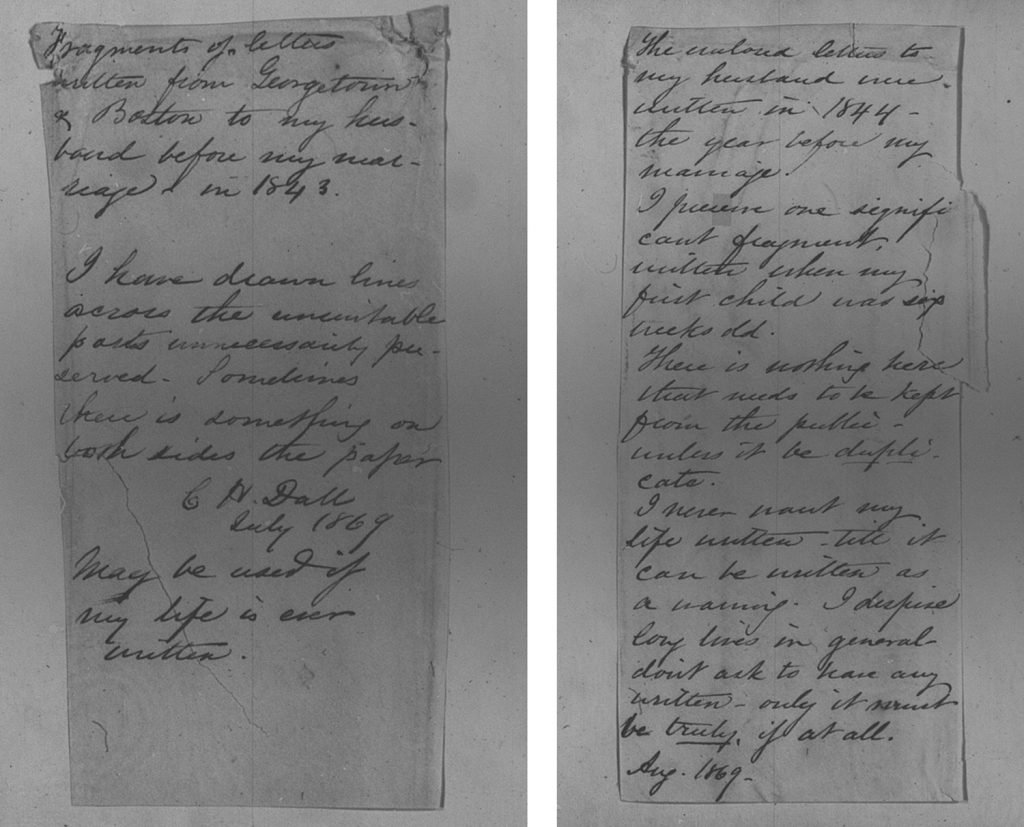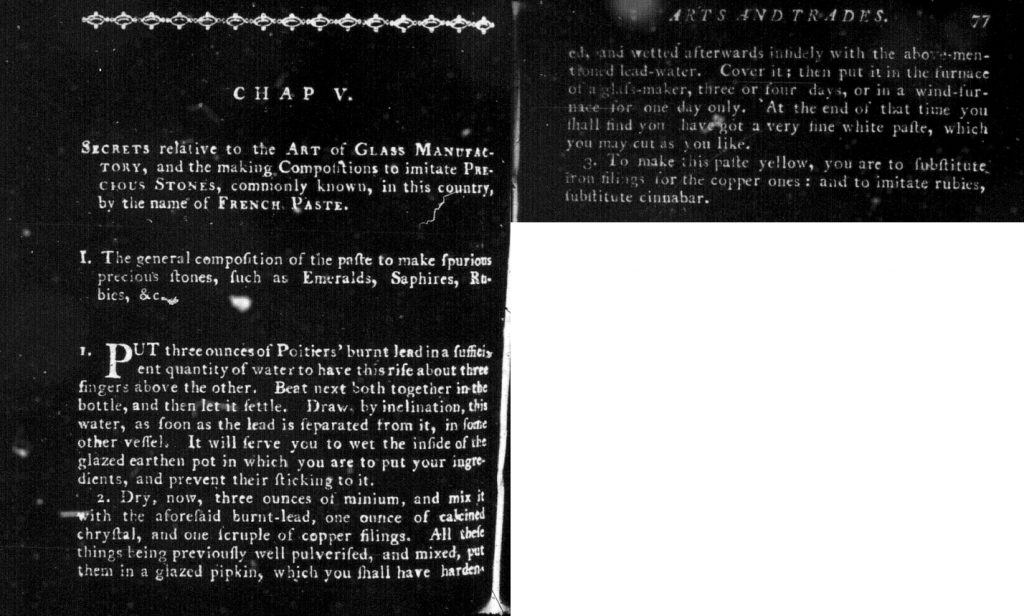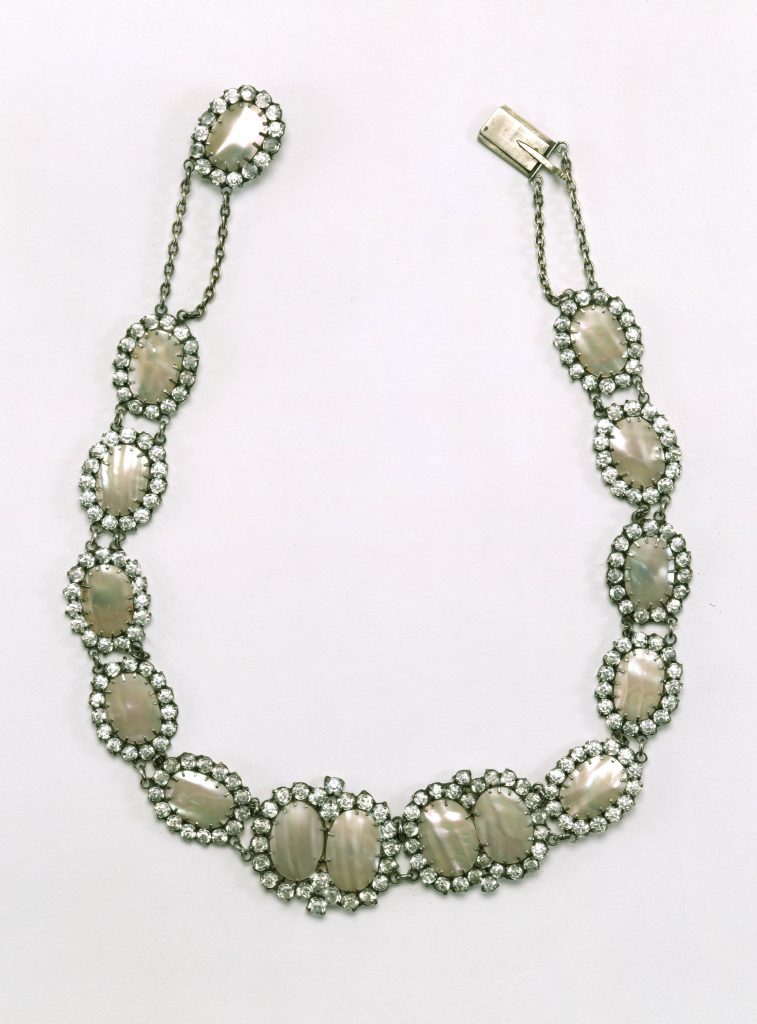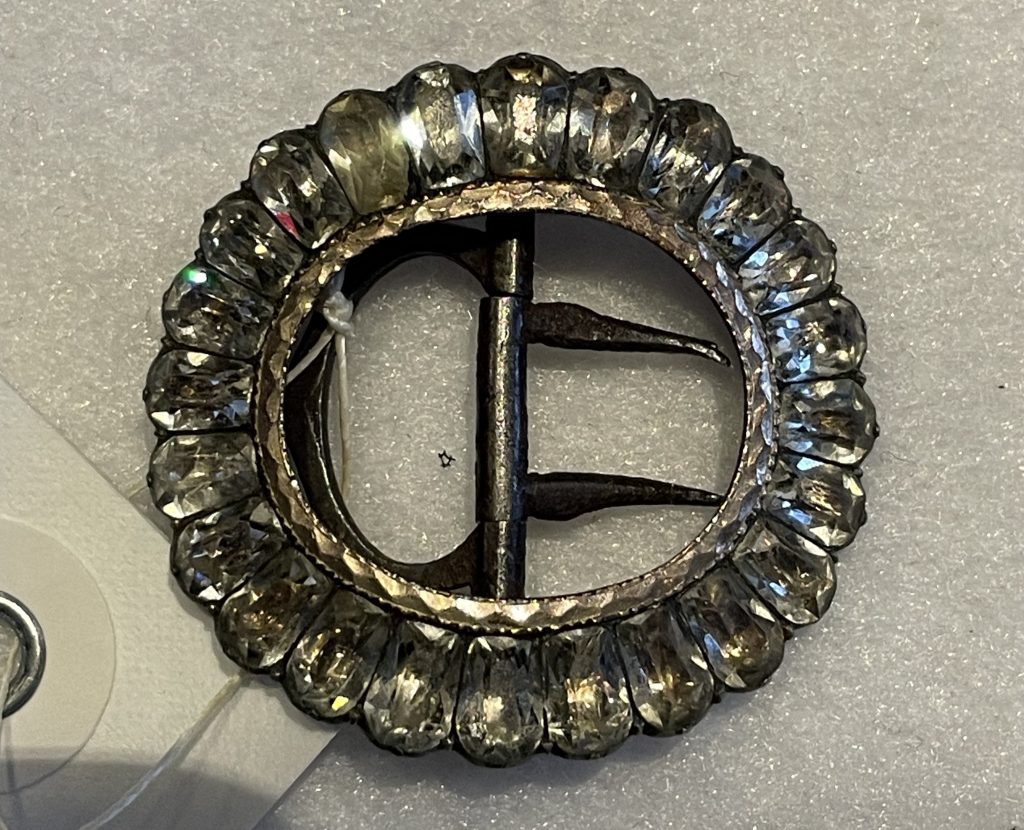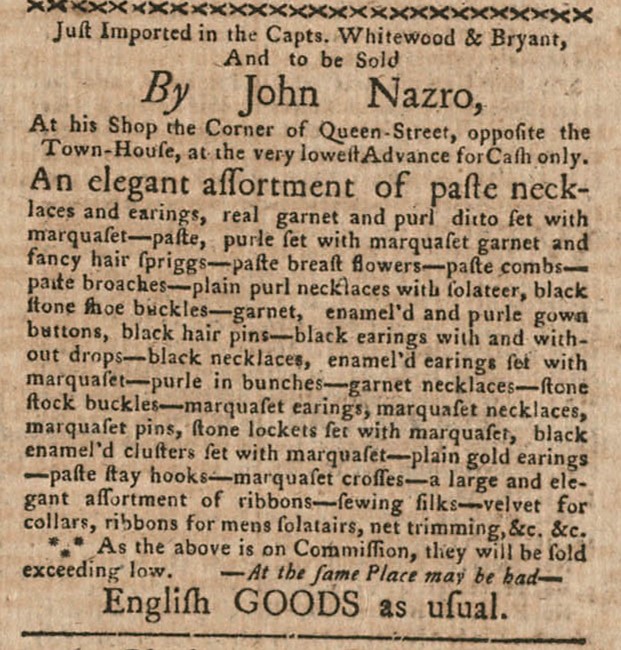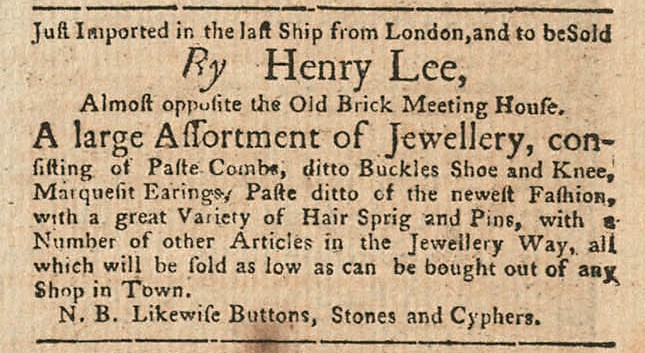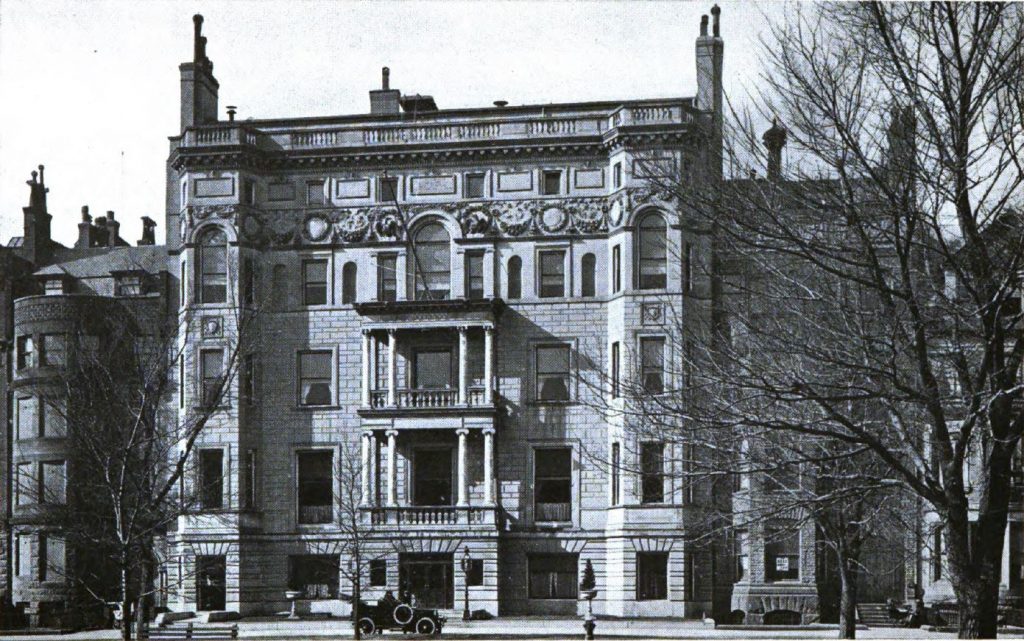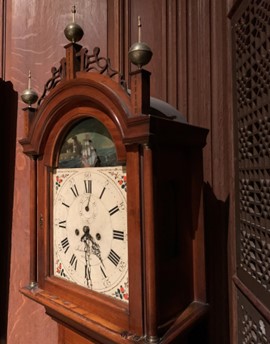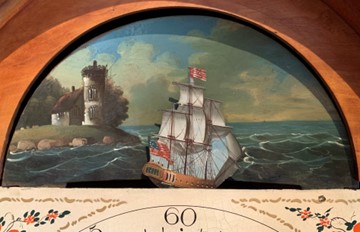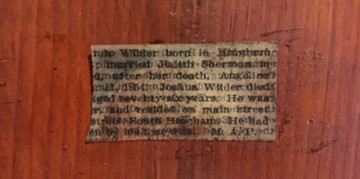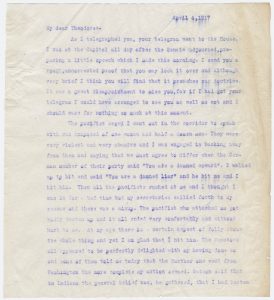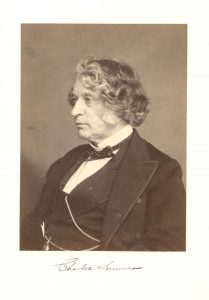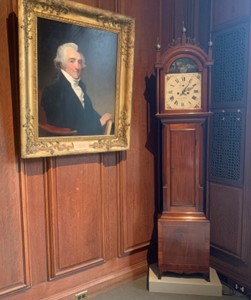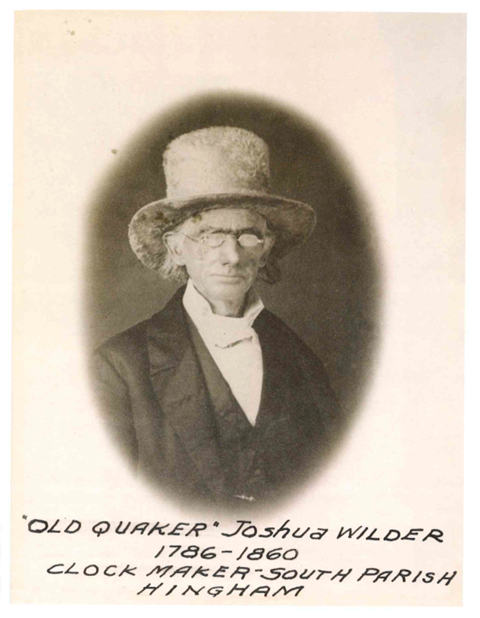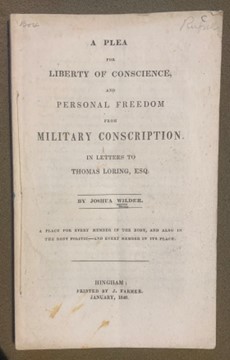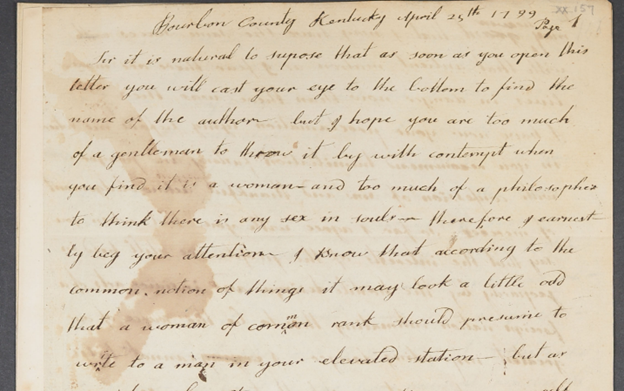By Meg Szydlik, Visitor Services Coordinator
If you are like me, you’ve taken online quizzes that pull questions from the written citizenship tests to see how much you know about your own history. As a historian, I have always done well, so I decided to explore other ideas of what American citizenship means. I choose the 1920 children’s book I Am An American by Sara Cone Bryant as an example. I wasn’t sure what to expect when I started to explore the online copy linked in the MHS’ catalog entry. What I found was a highly-propagandized retelling of the history of the United States. The book has a particular focus on WWI, and on ideas of cleanliness. It was interesting to read with the context of another hundred years and knowledge of WWII, the Civil Rights Movement, and even the Cold War. There are countries that did not even exist yet and others that have fallen in the century since this book was published. The world is so different, and yet so similar.
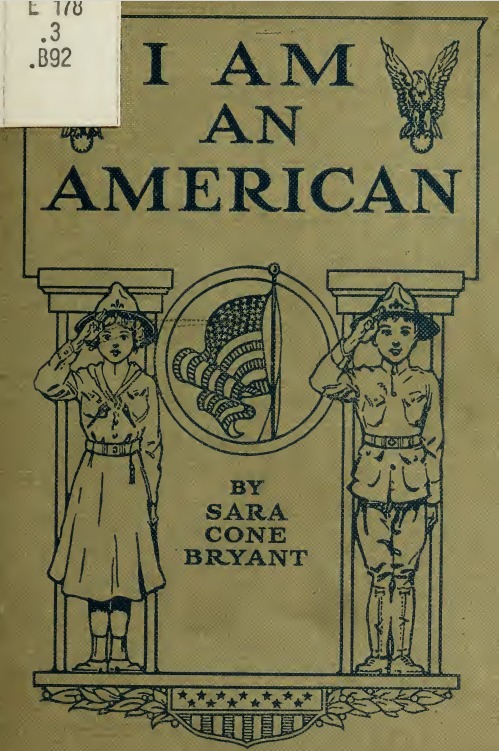
The particular narrative presented in the text is one that does not match with the experience of every American. One part that really struck me was the chapter about the flag and how the flag had no “black pages” or “marks of tyranny” on it. Elsewhere in the book, Bryant discusses slavery as a bad thing and briefly references its negative reflection on the United States, but stops short of truly engaging with the legacy of enslavement, including sharecropping and rampant racism. It startled me how little the book, published a little over 50 years after the end of the Civil War, discussed abolition. It is interesting to me as well that Birth of a Nation, a 1915 racist film classic screened to much acclaim in Woodrow Wilson’s White House, was less than a decade old. In 2024, I would certainly consider chattel slavery and the protection of the right to own another person to be a black mark on the flag though apparently Mrs. Bryant does not. And I am far from alone in that thought, as discussions about monuments indicate.
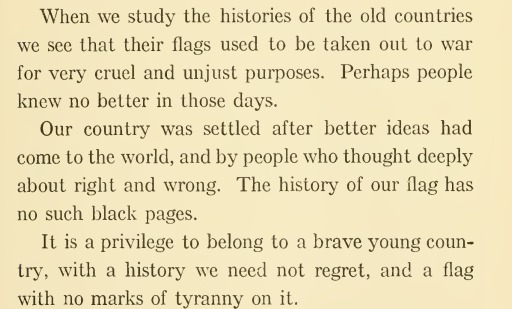
Throughout the text, there is an emphasis on the innate goodness of America that I found ahistorical. Continually insisting that Americans are the best, bravest, and most free people in the world at a minimum suggests an untrustworthy level of bias and propagandizing. It gives off the same energy as my mother insisting that her children are the best, but where I can forgive my beloved mother her love for her children, I have a much more difficult time with Mrs. Bryant. American history is full of fights on the Senate floor, political intrigue, and corruption, none of which is acknowledged in the text. The United States is not perfectly pure! Nor would I expect it, or any country or state, to be. But in the immediate aftermath of what we now refer to as World War I and the Red Scare, it would have made sense to shore up support wherever possible and schoolchildren make excellent targets for what reads an awful lot like indoctrination.
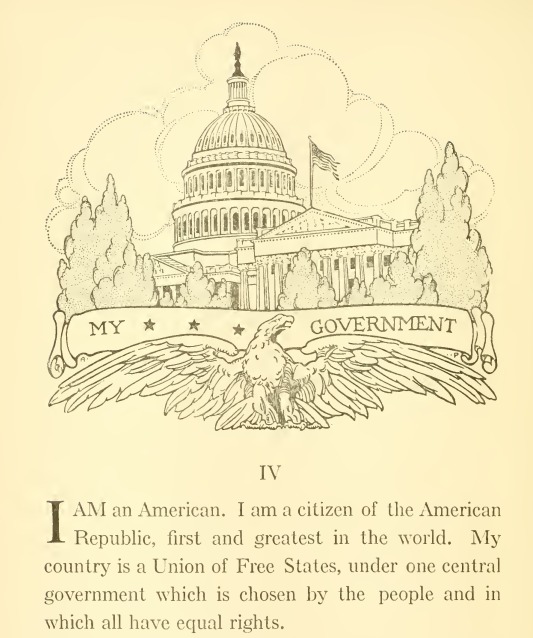
The children reading this text in school grew up just in time for World War II, where American nationalism reached a fever pitch yet again. While I do not doubt that there were many factors involved, I suspect that this kind of messaging played a role. The American exceptionalism of the text is still taught in schools today, or at least was when I was an elementary student. That message of exceptionalism is now interwoven with complications – slavery, racism, child labor, women’s rights, and poverty are all part of the story. American history is filled with complications and citizenship should be too, even in times of triumph.


